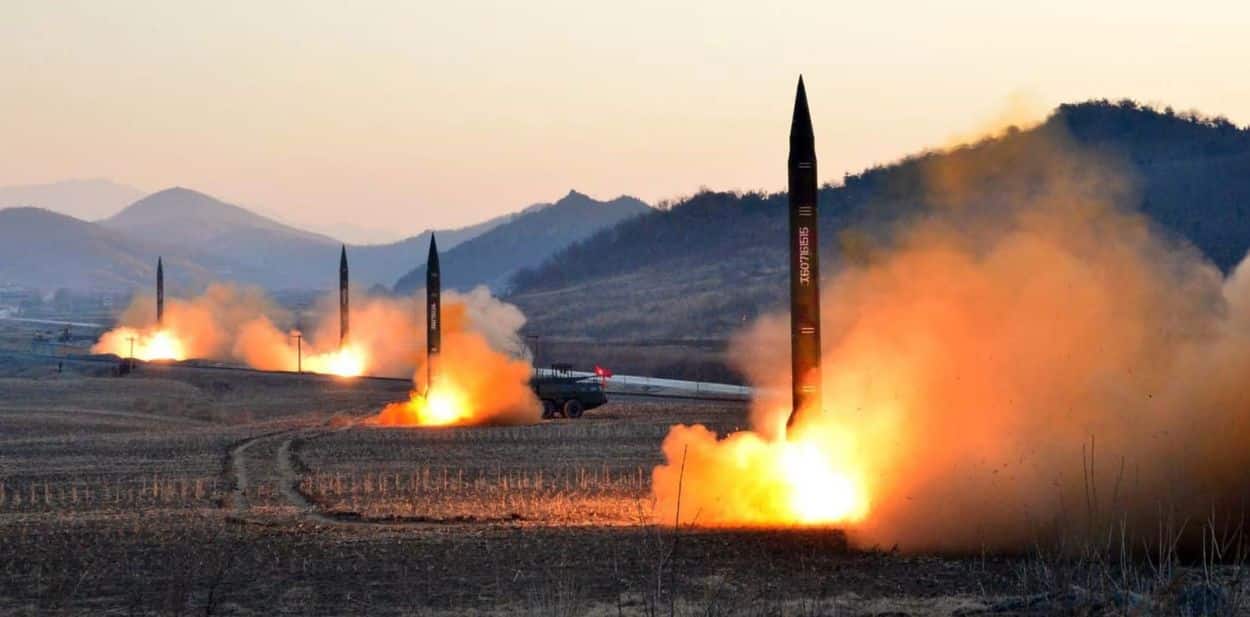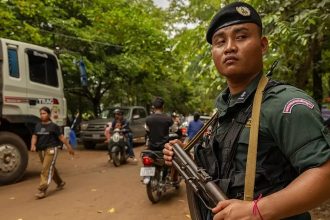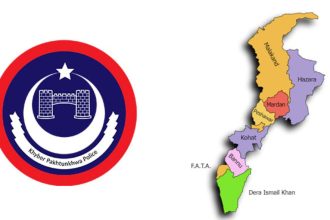The escalating Iran-Israel conflict, intensified by U.S. airstrikes on Iranian nuclear facilities in June 2025, has raised concerns about a potential World War III. With global tensions increasing, many people are seeking safe havens.
This guide examines 12 countries that may provide refuge based on geopolitical analysis and stability metrics, such as the Global Peace Index, highlighting their neutrality, isolation, or resources.
Recent U.S. military actions, including 30,000-pound bunker-buster bombs targeting Iranian nuclear sites, have heightened global anxiety. Russia’s UN Ambassador Vassily Nebenzia criticised the strikes, warning of a “Pandora’s box” for global security. Despite U.S. President Donald Trump’s ceasefire efforts, the situation remains volatile. Certain countries may remain safer if conflicts escalate due to their geographic isolation, neutrality, or self-sufficiency.
Top 12 Safest Countries for Refuge
1. Antarctica
- Why Safe? Its remote southern location, 14 million square kilometres of ice, and distance from nuclear powers make it a low-risk zone.
- Challenges: Harsh climate requires specialised survival gear.
- Key Fact: No permanent population or military presence.
2. Iceland
- Why Safe? Ranked among the most peaceful nations, Iceland’s remote North Atlantic location minimises conventional warfare risks.
- Challenges: Minor nuclear fallout is possible.
- Key Fact: No history of full-scale war.
3. New Zealand
- Why Safe? Second in the Global Peace Index, its neutral stance and mountainous terrain offer protection.
- Challenges: Financial support for Ukraine may draw criticism, but not direct attacks.
- Key Fact: Isolated in the South Pacific.
4. Switzerland
- Why Safe? Neutral since World War II, with nuclear shelters and mountainous defences.
- Challenges: Proximity to Europe could pose minor risks.
- Key Fact: No military aid to Ukraine.
5. Greenland
- Why Safe? Sparse population (56,000) and Arctic isolation make it an unlikely target.
- Challenges: Limited infrastructure.
- Key Fact: The World’s largest island is politically neutral.
6. Indonesia
- Why Safe? Neutral foreign policy and strategic Southeast Asian location reduce conflict involvement.
- Challenges: Regional tensions could indirectly affect stability.
- Key Fact: Promotes global peace diplomatically.
7. Tuvalu
- Why Safe? Tiny population (11,000) and Pacific isolation make it an undesirable target.
- Challenges: Limited resources for large refugee influxes.
- Key Fact: Minimal infrastructure lowers strategic value.
8. Argentina
- Why Safe? Abundant crops like wheat ensure food security during a nuclear winter.
- Challenges: Historical conflicts may raise concerns.
- Key Fact: Strong agricultural base.
9. Bhutan
- Why Safe? Neutral since 1971, protected by Himalayan terrain and landlocked geography.
- Challenges: Limited infrastructure for outsiders.
- Key Fact: Strategic defensibility.
10. Chile
- Why Safe? 4,000-mile coastline, natural resources, and advanced infrastructure ensure sustainability.
- Challenges: Regional instability in South America.
- Key Fact: The region is highly developed.
11. Fiji
- Why Safe? 2,700 miles from Australia, with dense forests and no significant military.
- Challenges: Limited capacity for refugees.
- Key Fact: High Global Peace Index ranking.
12. South Africa
- Why Safe? Fertile land, fresh water, and modern infrastructure support survival.
- Challenges: Internal socio-economic issues.
- Key Fact: Diverse resources for self-sufficiency.
While no country is completely immune to global conflict, certain nations provide relative safety due to their isolation, neutrality, or abundant resources. Watch international developments, including ceasefire negotiations and military escalations, to stay informed. Whether securing travel documents or exploring relocation options, these steps can provide peace of mind.
Sources: Global Peace Index, Reuters, UN statements.






